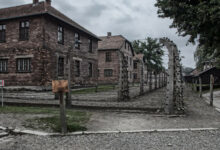Polish folklore is a rich and fascinating aspect of the country’s cultural heritage. Steeped in history and tradition, it reflects the vibrant tapestry of Poland’s diverse landscape, people, and historical events. From eerie supernatural entities to charming fairy tales and legends, the world of Polish folklore offers a captivating glimpse into the imaginative minds and experiences of the Polish people as they navigated the complexities of their past.
As you explore Polish folklore, you will encounter an array of mythical creatures, heroes, and tales that embody the unique characteristics of the country. The folklore of Poland is often intertwined with the nation’s natural environment, with stories featuring mountains, forests, and swamps populated by witches, evil spirits, and other fantastic beings. These elements reflect the deep connection between the Polish people and their surrounding landscape, celebrating the vital role that nature has played in their lives and identities.
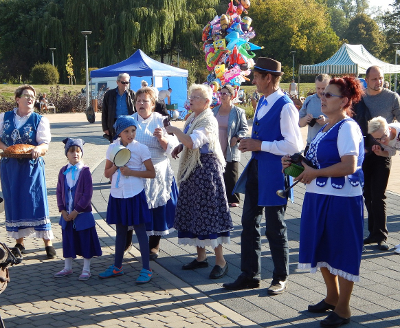
Delving into Polish folklore not only provides an insight into the country’s cultural and historical roots, it also allows you to experience the creativity and curiosity that fuelled these stories.
Whether it’s the legendary adventures of Janosik, the Polish Robin Hood but born in Slovakia, or encounters with supernatural beings, these enchanting tales continue to inspire and captivate generations of readers both within Poland and beyond.
So, as you embark on your journey through the realms of Polish folklore, immerse yourself in its rich narratives and let your mind wander through the age-old stories that have shaped the collective imagination of this fascinating nation.
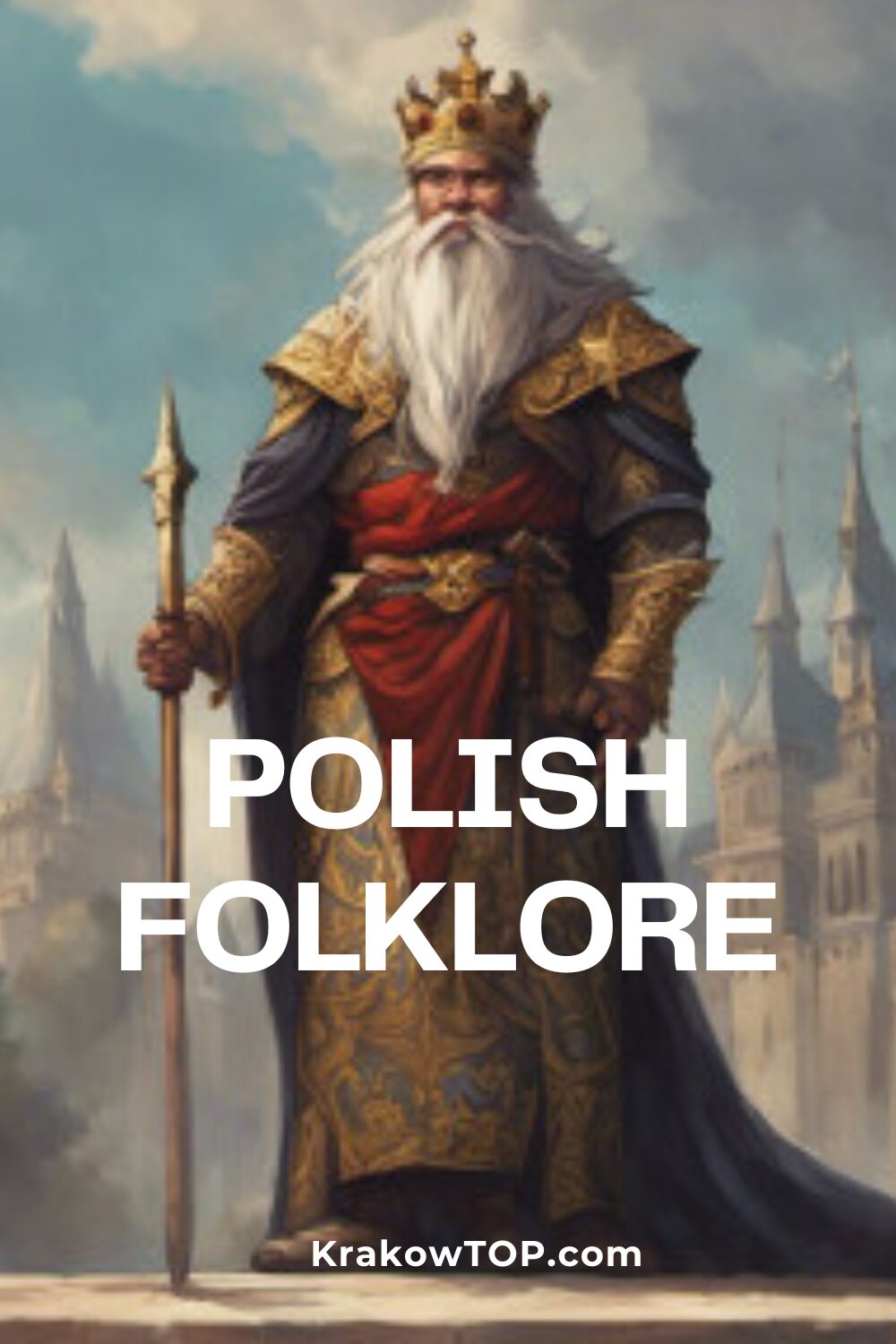
Origins of Polish Folklore
Polish folklore finds its roots in the rich tapestry of West Slavic culture and tradition. As you immerse yourself in the world of Polish mythology and legends, you’ll discover a remarkable blend of ancient tales, beliefs, and customs that have shaped the nation’s cultural identity.
The ancestors of the Poles were already present in what is now Poland since the earliest Roman records of the area, in the early centuries AD. They lived here first as West Slavic, Lechitic tribes, and later as a swiftly Christianized kingdom formed by a tribe known as the Polans, giving rise to the name Po land.
Polish myths and legends were passed down through generations, often in the form of oral storytelling. The stories are filled with a variety of supernatural beings, gods, and heroes that capture the hearts and minds of those who hear them. Slavic belief systems and mythologies had a profound impact on the tales and folk beliefs of the Polish people, with gods like Perun, the Slavic god of thunder, playing a significant role in the region’s folklore.
At the core of Polish folklore are the vibrant beliefs and traditions that were an integral part of everyday life, many of which still influence modern Poland today. For example, the practice of painting eggs, or pisanki, dates back to the end of the 10th century and is rooted in Slavic beliefs associated with the cult of the sun god. These eggs symbolised new life and birth, reflecting the cycles of nature in the world around.
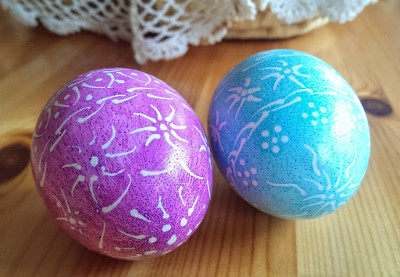
So, as you embark on your journey to explore Polish folklore, remember to appreciate the intricate web of tales, traditions, and beliefs that have been woven together over centuries, creating the fascinating narratives and rich cultural heritage that defines Poland.
Famous Monsters of Polish Folklore
The Dragon of Krakow
The Wawel Dragon, also known as the Dragon of Krakow, is one of Poland’s most famous mythical creatures. This fearsome beast is said to have terrorised the citizens of Kraków long ago, dwelling in a cave beneath Wawel Castle.
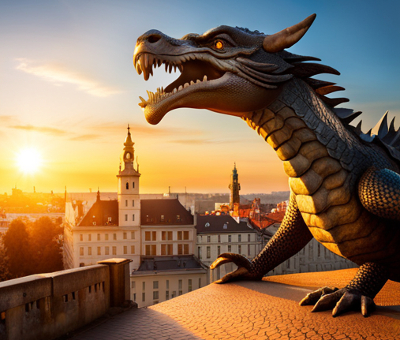
According to legend, it was defeated by a clever young cobbler who concocted a fiery substance that caused the dragon to perish. Today, a statue of the dragon can be found near the entrance of its supposed cave.

The Witch of the Woods
Baba Yaga, a malevolent witch, has a significant presence in Polish folklore. She dwells in a hut standing on chicken legs deep in the woods, where she kidnaps children and devours them.
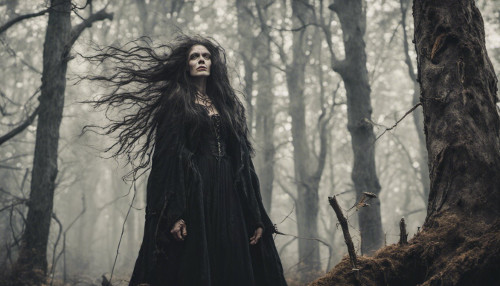
However, Baba Yaga is also known for her wisdom and could sometimes be helpful to those who managed to outsmart her or win her over. She serves as a symbol of the duality between good and evil.
Vampires of the Night
Polish folklore features creatures similar to the vampire, such as the mysterious Strzyga. These nocturnal beings are said to have two souls, transforming into owl-like creatures with sharp teeth at night to consume the blood and flesh of unsuspecting victims.
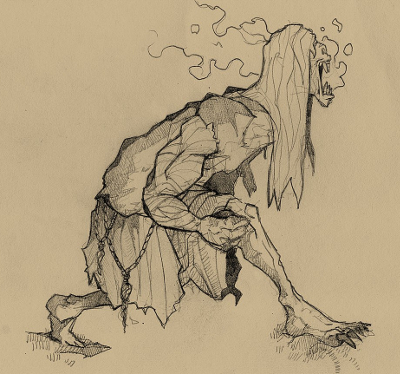
To protect oneself from these vampiric creatures, it is believed that traditional methods, such as garlic and stakes, were used.
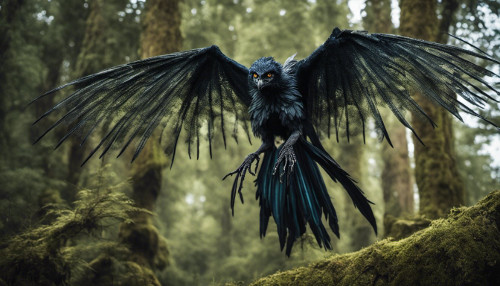
The Sorrowful Rusalka
Rusalka, a water nymph resembling a beautiful woman, is a prominent figure in Polish aquatic folklore. Singing enchanting melodies to lure young men into lakes and rivers, the Rusalka tragically drowns her victims.
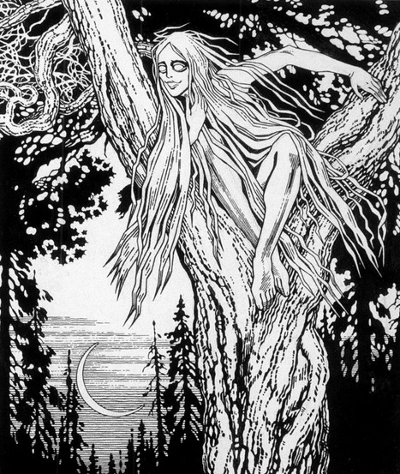
However, her beauty and sorrowful existence evoke both fascination and empathy. She is often connected with the souls of women who perished in water due to tragic circumstances.
Polish Demons and Their Supernatural Powers
Poland’s folklore is also teeming with demons that possess various supernatural powers. One such demon is the Licho, a shape-shifting entity believed to bring misfortune and suffering. Another example is the Czernobog, a sinister black god associated with darkness and evil.
These demonic beings showcase the darker aspects of Polish mythology and serve as cautionary tales for those who might cross paths with them.
Legendary Heroes and their Tales
In this section, you’ll explore some fascinating tales about legendary heroes from Polish folklore.
The Tale of King Krak
King Krak, a revered mythical ruler from Polish history, played a significant role in the establishment of a city nowadays known as Krakow. His tale starts with him as a humble shoemaker in the village of Proszowice. His wit and wisdom saved the villagers from a frightening dragon called Smok Wawelski, which was wreaking havoc on the land.
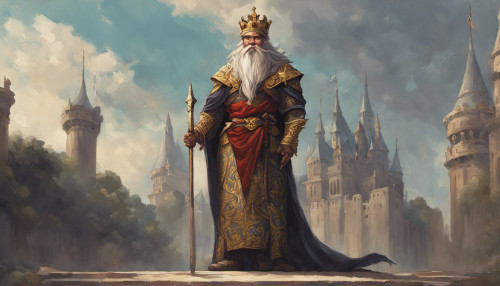
With a clever trick, King Krak filled a sheepskin with sulphur and left it for the dragon to eat. As the dragon devoured it, the sulphur reacted with its insides, causing an unbearable thirst. The dragon drank water from the Vistula River until it exploded.
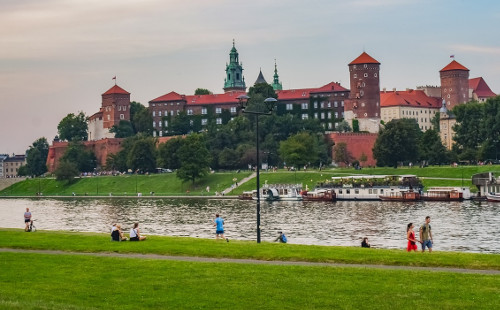
Grateful for his ingenuity, the villagers crowned Krak their king, and he built a castle above the dragon’s lair, named Wawel Castle, where he ruled over the city that came to be known as Krakow.
The Polish Robin Hood: Janosik
Juraj Jánošík, known as the Polish Robin Hood, was a famous outlaw and folk hero who, according to legends, led a group of bandits that would steal from the rich and give to the poor. Janosik’s exploits primarily took place in the mountainous regions between Poland and Slovakia during the late 17th and early 18th centuries.
- Capture and Imprisonment: Janosik faced betrayal by a former companion, which led to his capture by the authorities. He was imprisoned and tortured, where he showed exceptional courage and stoicism, further cementing his status as a legendary hero.
- The Gallows Trick: As Janosik awaited his execution, tales say that he performed an extraordinary feat. He jumped up and grabbed the gallows’ crossbeam with both hands, announcing with pride that he would save the executioner the trouble, and he hanged himself. Although this action didn’t save him, it showcased his fearless nature and further entrenched him in Polish folklore.
As you read through these tales of legendary heroes, remember their extraordinary deeds and the impact they left on Polish culture and history.
The Influence of Folklore on Polish Love and Marriage
In Polish folklore, you will find many tales that illustrate the significance of love and the customs surrounding marriage. These stories often involve the interactions between young maidens and their suitors, showcasing the importance of love in Polish culture.
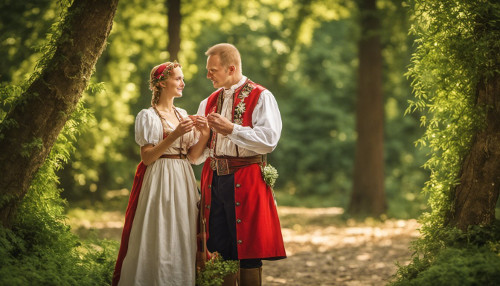
One essential aspect of Polish love folklore is the role that maidens play in these stories. Young women are often depicted as beautiful and virtuous, attracting the admiration of many potential suitors. In some cases, their beauty is so enchanting that it even captures the attention of supernatural beings such as gods or spirits. This demonstrates the respect and admiration that Polish society holds for the purity and allure of maidenhood.
In many of these tales, the path to love and marriage involves overcoming obstacles and challenges set before the young couple. This may include tasks that test their courage, intelligence, or strength, all in the name of proving their devotion to one another. It is believed that these trials serve to strengthen the bond between the couple, preparing them for a happy and successful marriage.
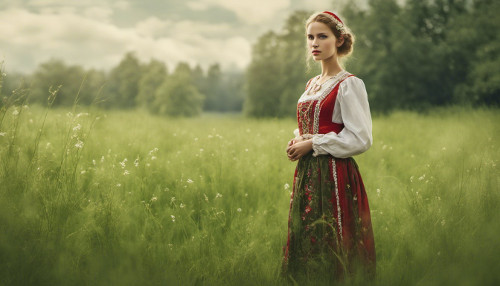
Another common theme within Polish love folklore is the importance of fate and destiny in relationships. Many stories feature couples who are destined to be together, overcoming trials and tribulations to reunite and solidify their love. This concept reinforces the belief in the power of true love to triumph over adversity, instilling a sense of hope and faith in the institution of marriage.
To summarise, Polish folklore has a significant influence on the understanding and importance of love and marriage within Polish society. The stories often emphasise the virtues of maidens, the challenges that couples must overcome, and the role of destiny in bringing people together. By familiarising yourself with these tales, you can gain a deeper appreciation for the cultural values and traditions that shape Polish love and marriage customs.
Polish Folklore in Architecture and Cities
Krakow and the Wawel Hill
Krakow, one of Poland’s most historic cities, is home to Wawel Hill, where the legendary Wawel Castle stands.

The castle’s architecture is steeped in folklore and was once said to be the lair of a mythical dragon – the fearsome Smok Wawelski. As you wander along the charming streets surrounding the castle, you will notice various representations of this dragon, symbolic of folklore’s influence on local architecture.
The Old Town of Warsaw and its Renaissance Influence
In the heart of Poland’s capital city, Warsaw, lies the Old Town. This historic quarter boasts stunning Renaissance architecture, reflecting the nation’s rich cultural heritage. Amongst the colourful buildings, you might find various symbols and motifs inspired by Polish folklore. From figures adorned with traditional local art to engravings and ironwork with mythical creatures, your journey through the Old Town will provide insight into how Polish history and folklore intertwine in architectural design.
As you explore these architectural marvels, take note of the unique blend of tradition, folklore and history. Both Krakow and Warsaw proudly display their shared heritage in their cityscapes, ensuring that future generations can appreciate the richness of Polish culture and folklore.
Read also:
- 30 Must-Visit Attractions in Krakow
- Auschwitz Tour Price
- Best Way to Get Around Krakow
- Creepy Facts about Poland
- Krakow Nightlife Dress Code
- How Much is a Beer in Krakow?
- Is Krakow Expensive?
- Krakow Shopping Guide
- Polish Prices Comparison
- Tips and Tricks: How to Prepare for a Segway Tour in Krakow
- Weekend in Krakow
- What Currency is Used in Krakow?
Polish Folklore in Modern Media: The Witcher
In recent years, you might have witnessed the rise of “The Witcher” as a prominent representation of Polish folklore in modern media. This popular series, created by Polish author Andrzej Sapkowski, has not only garnered international recognition but also significantly contributed to the popularity of Slavic mythology and culture.
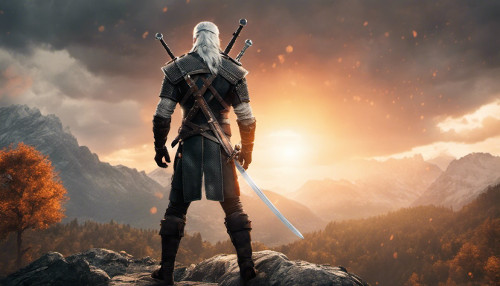
When you explore the world of The Witcher, you’ll find a variety of elements inspired by Slavic folklore, such as the monsters and creatures hunters like Geralt of Rivia face throughout the series. One well-known example is the Kikimora, a multi-limbed creature that made its debut in the first episode of the Netflix Witcher series. The Kikimora originates from Slavic mythology and has become an iconic part of The Witcher universe.
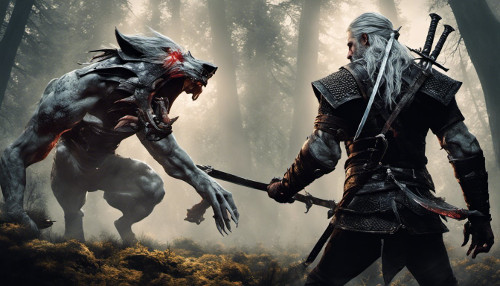
Moreover, other creatures like the Striga, a cursed woman with monstrous features driven by immense rage, showcase the twisted aspects of old Slavic folklore in the series. Alongside these mythical beings, The Witcher expertly weaves traditional Polish legends into its narrative, providing an immersive experience for both book and screen audiences.
Delving deeper into the series, you’ll quickly notice that the characters, settings, and themes vividly reflect the rich heritage of Polish folklore. These elements have been successfully integrated across several media platforms, including the renowned Witcher video game trilogy developed by the Polish game studio CD Projekt Red.
In a nutshell, your exploration of The Witcher will undoubtedly offer an engaging and dynamic representation of Polish folklore in modern media, bringing to light the incredible depth and cultural significance of Slavic mythology. As you delve further into this fascinating universe, cherish the opportunity to immerse yourself in Poland’s rich cultural heritage.
Other Key Figures in Polish Folklore
The Story of King Boleslaw and the Polish Eagle
King Bolesław, also known as Bolesław the Brave, played a significant role in Polish history as the first King of Poland in the early 11th century. According to legend, the Polish Eagle became the national emblem as a result of King Boleslaw’s encounter with an eagle. It is said that during one crucial battle, he spotted a white eagle flying in the sky against the backdrop of a red sky at dawn.
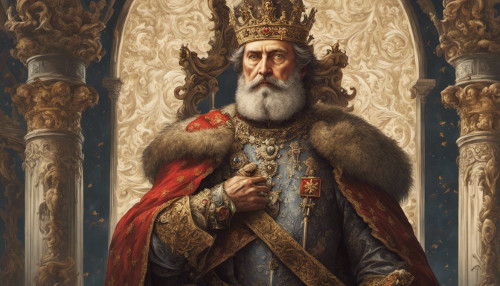
The King interpreted this sight as a divine sign, assuring him of victory and providing inspiration for adopting the Polish Eagle as the symbol of his reign and the nation.
Start Planning Your Krakow Trip Now!
- Unsure where to stay in Krakow? Discover top-rated Old Town and Kazimierz hotels with Booking.com.
- Book your airport transfer now and enjoy a hassle-free ride directly to your hotel. Driver will meet you at John Paul II International Airport Kraków–Balice.
- Take a Tour of Auschwitz. Arrange a visit to the Auschwitz-Birkenau Memorial and Museum to pay tribute and learn about this significant historical site.
⚠️ SUMMER BOOKING ALERT: Auschwitz tours are in high demand during the busy summer season. Secure your visit now to guarantee your preferred date and time slot. Last-minute availability cannot be guaranteed during this peak season. Due to increased visitor numbers in summer, it’s strongly recommended to book your tickets and tour to Auschwitz well in advance to secure your preferred dates and times! 🔖
- Explore the Fascinating Wieliczka Salt Mine! Book your guided tour today. These tours are very popular, so book early to avoid disappointment and ensure your spot.
- Looking for ideas? Check out our KrakowTOP.org recommended itineraries, including the famous Christmas Market, holiday events, and must-see Krakow attractions like Wawel Castle, Oskar Schindler’s Factory and St. Mary’s Basilica.
Under King Boleslaw’s rule, Poland flourished and prospered. This section of Polish folklore honours the King and his influence on the nation, as well as the iconic symbol that has become an essential part of Polish identity.
The Legend of Latawiec
In Polish mythology, Latawiec is a mythical creature portrayed as an evil serpent. It is said that this intriguing creature dwells in the deep forests and preys upon young men and women who wander into its territory. The legend of Latawiec serves as a reminder of the dangers and mysterious entities lurking within the wilderness and that one must always remain cautious in such environments.
The story of Latawiec presents a fascinating aspect of Polish folklore, often inciting curiosity and inspiring fear in equal measure.
NOTE: Baba Yaga is another crucial figure in Slavic folklore, including Polish myths. However, this character was not mentioned in the aforementioned sub-sections, as it was not specified in the given section titles. Nonetheless, it is essential to acknowledge Baba Yaga’s role in the rich tapestry of Polish legends and folktales.


